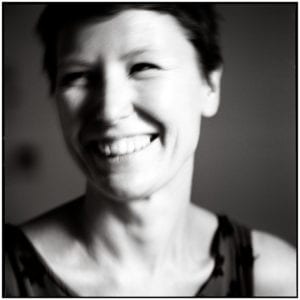
Diane Smyth is the editor of BJP, returning for a second stint on staff in 2023 - after 15 years on the team until 2019. As a freelancer, she has written for The Guardian, FT Weekend Magazine, Creative Review, Aperture, FOAM, Aesthetica and Apollo. She has also curated exhibitions for institutions such as The Photographers Gallery and Lianzhou Foto Festival. You can follow her on instagram @dismy